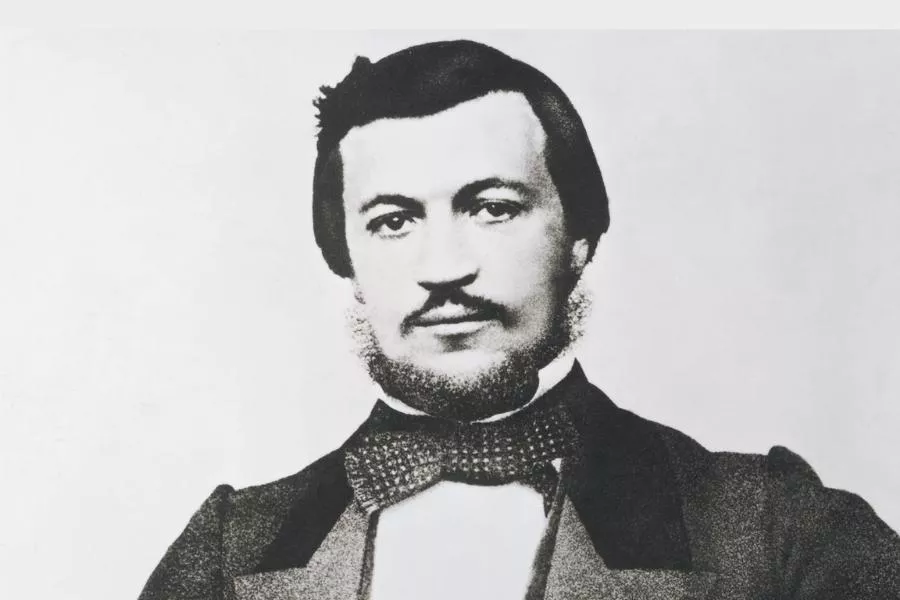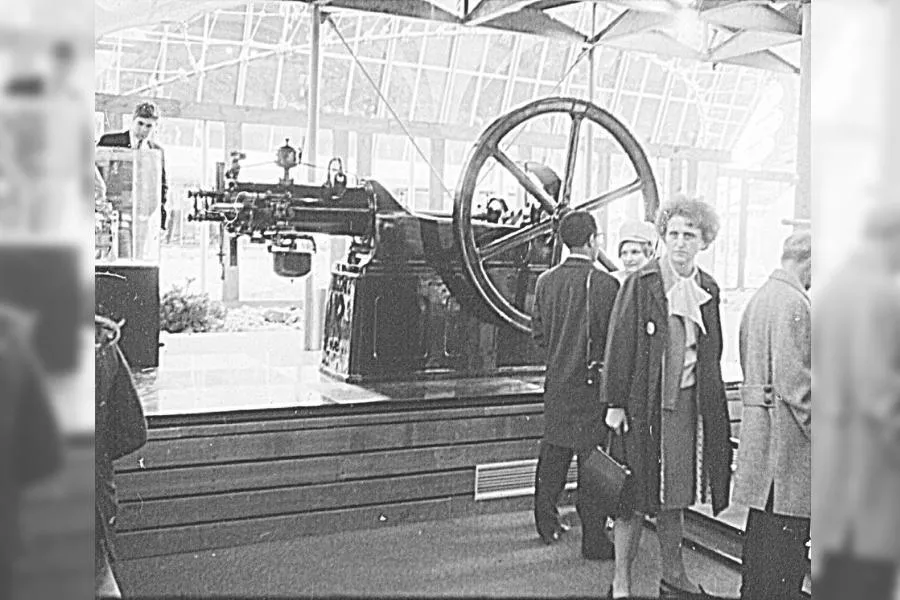Transport mobility has greatly evolved through time. From horse-drawn carriages, we’re now looking at self-driving cars and the imminent rise of electric-powered vehicles. Automobiles have become essential machines that can take you to places more efficiently, comfortably, and conveniently.
 Cars have become essentials these days
Cars have become essentials these days
But, we’re getting ahead of ourselves here. Have you ever wondered who’s the individual that took the first step in giving the spark or birth to the concept behind the four-stroke internal combustion engine?
Enter Nikolaus Otto. Regarded as a German engineer whose humble beginnings can be traced back to his hometown in Holzhausen, Nassau, Germany. He was born on June 10, 1832 as the youngest of six children. His father died when he was still at a young age, prompting Otto to leave his studies to work as a traveling salesman.
 Nikolaus Otto
Nikolaus Otto
His work as a salesman allowed him to travel to France, Belgium, and Cologne. It was during this time that Otto realized that he did not want to pursue his salesman career. He left his job when he was 28 years old to pursue his passion for developing an engine, a power unit that would be better than the one designed by Jean Lenoir.
Lenoir is credited to have built the world’s first mass production internal combustion engine. Otto saw the potential in Lenoir’s invention and started working on his version with the goal of making it better.
The German inventor Otto built his first gasoline-powered engine in 1861. Three years later he teamed up with Eugen Langen, a German industrialist to further improve his gasoline-powered engine. The duo of Otto and Langen worked in harmony as they were able to produce an improved gasoline-powered engine that won a gold medal at the 1867 Paris Exposition.
 The Otto engine on display [Photo: Vitold Muratov]
The Otto engine on display [Photo: Vitold Muratov]
Otto and Langen were able to develop the first atmospheric gas-powered engine dubbed DEUTZ engine number 1. The said power unit was put to a series of tests that showed its efficiency. Otto and Langen’s engine was determined to consume less than half the gasoline compared to non-compression engines. This allowed Otto and Langen to take home the award for the most efficient drive machine.
Otto didn’t stop there as he continued to find ways how to make his engine better. In 1876, Otto launched the first prototype of an internal-combustion engine that utilizes the four-stroke cycle. The said engine works by compressing a mixture of gas and air.
The four strokes are then classified as the following: intake, compression, combustion, and exhaust. With that, Otto became known and considered as the one who developed the four-stroke internal-combustion engine, a concept that’s being used until today.
Visit Philkotse.com to read more of the latest automotive news, car tips & advice, trivia, and more.
Recent posts
- toyota cabin awareness tech Jun 10, 2022
- hyundai roboride autonomous self-driving taxi Jun 10, 2022
- nissan navara r 1000 horsepower Jun 09, 2022
- 2023 Subaru WRX PH launch Jun 17, 2022











